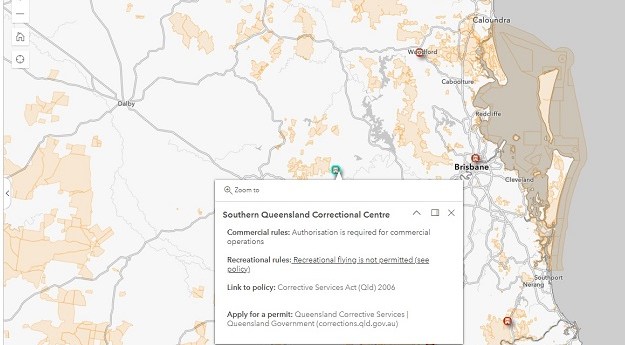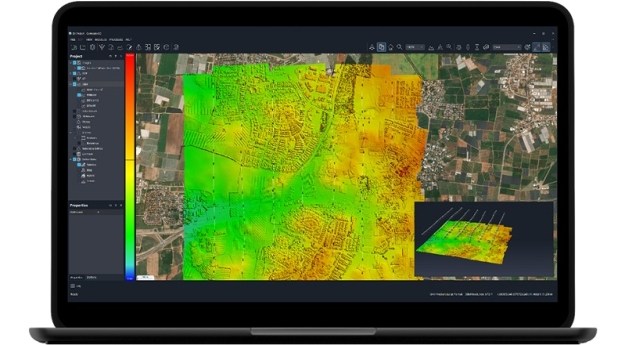A controversial map that casts doubt on when Europeans discovered Australia will be displayed down under for the first time at an exclusive exhibition of the nation’s earliest chartings.
Novae Guineae Forma and Situs – a 1593 map that depicts a giant, unnamed land mass believed by some experts to be Australia – pre-dates the earliest confirmed map of the continent by more than a decade.
It is part of a collection of similarly unique, priceless maps – nearly all of which have never been displayed outside Europe – that will be exhibited by the National Library of Australia at Ozri 2013: A Spatial Odyssey, in Brisbane this September.
The Ozri exhibit is being held ahead of the NLA’s highly anticipated exhibition, Mapping Our World: Terra Incognita to Australia, which will showcase some of the world’s most ancient maps sourced from the British Library, the Vatican and the Bibliotheque Nationale de France.
National Library of Australia curator of maps, Dr Martin Woods, said Novae Guineae Forma and Situs was created by Dutch cartographer Cornelis de Jode and based on unverified Portuguese maps from that era.
“It shows a southern continent below New Guinea complete with people, monsters and the Great Dividing Range,” Dr Woods said.
“The map was created about 15 years before Australia was thought to be first mapped – and yet there it is below New Guinea, with people and ships already there.
“It seems to contradict official thinking that Europeans were unaware that Australia existed prior to the 1606 Dutch landing on the west coast of Cape York Peninsula.
“The map was donated to the National Library in 1911, where is has been stored since.”
The exhibit also includes some of the very maps the Dutch made after their seventeenth century stopover.
“We will feature two maps by the Dutch master cartographer Hessel Gerritsz that were the first to show Australia in relation to the Indian Ocean and Asia,” Dr Woods said.
“These were produced in the 1620s – 150 years before Cook.”
Also on display at the conference are maps that reveal Matthew Flinders’ – Australia’s most important cartographer – partly copied charts, made a century before his own.
“With his ship sinking and supplies fast running out, Flinders decided to use 100 year-old Dutch maps to create the first ‘complete’ chart of Australia,” Dr Woods said.
“So, in truth, the map was made without him visiting the west coast – and these maps by Flinders himself will also be on display at the Ozri conference.”
Other maps in the exhibit include the first European atlas of China, created in 1655; an extremely rare sharkskin pocket globe from 1791; and the map that inspired the British to send Captain Cook down under.
Esri Australia’s annual user conference, Ozri 2013, will also host the latest and greatest innovations in mapping technology.
Ozri 2013 Technical Director Kellie Persson said although the early cartographers could not have known how high-tech their craft would become, they would still find something familiar in today’s technology.
“These first maps of Australia were manually constructed with brushes and parchment, whereas modern map-makers use satellites and mobile tracking devices, and store their creations in the Cloud,” Ms Persson said.













